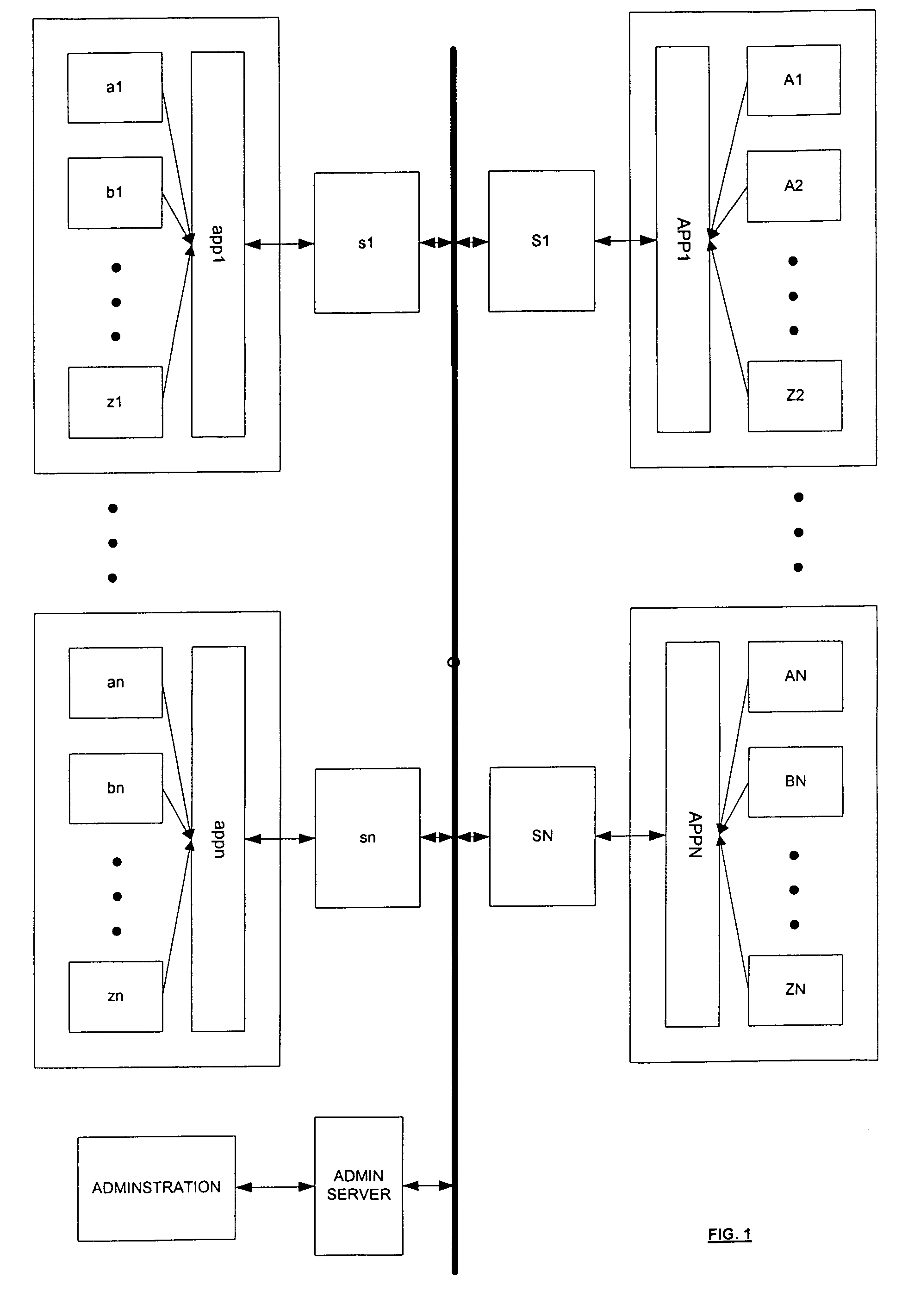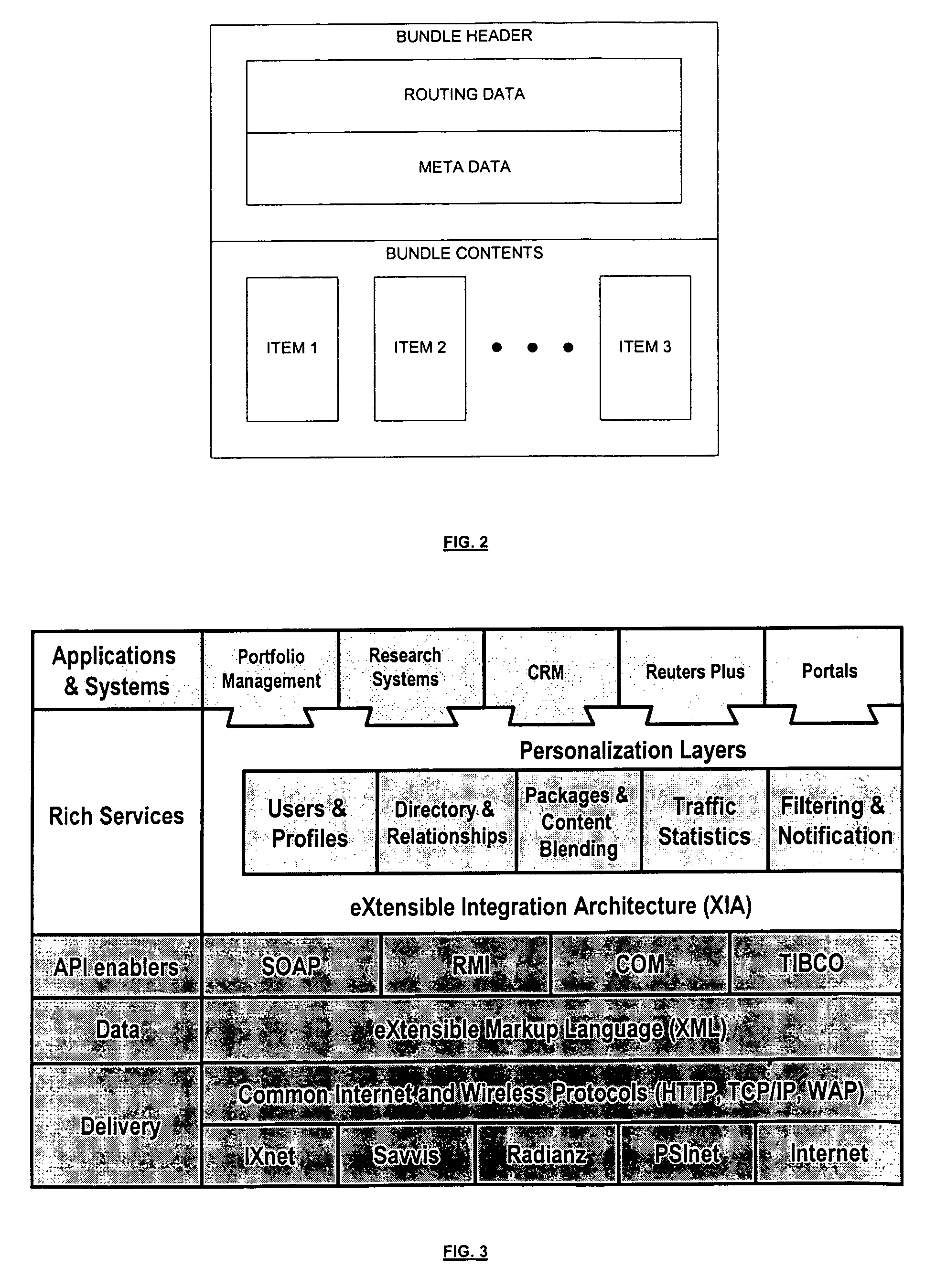Electronic commerce infrastructure system
a technology of electronic commerce and infrastructure system, applied in the field of electronic commerce infrastructure system, can solve the problems of increasing system usage and a substantial amount of time and effort involved in understanding, and achieve the effects of simplifying interaction, increasing system usage, and saving a substantial amount of time and effor
- Summary
- Abstract
- Description
- Claims
- Application Information
AI Technical Summary
Benefits of technology
Problems solved by technology
Method used
Image
Examples
Embodiment Construction
[0034]Referring to FIG. 1, an illustrative system 10 according to the invention interconnects a series of sell-side user terminals a1, a2 . . . an; . . . n1, n2 . . . nn belonging to one or more sell-side firms a . . . n with a series of buy-side user terminals A1, A2 . . . An; . . . N1, N2 . . . NN belonging to one or more buy-side firms A . . . N via one or more networks 12. Although other network communication paths can exist between these users, a series of networked aggregation servers (AGS) s1 . . . sn; . . . S1 . . . SN preferably provide a system interface to one or more applications layers app1 . . . appn; APP1 . . . APPN run by the users. These servers each correspond to one of the firms and are located at firm-controlled sites in the embodiment presented, but they can also be distributed in other ways. Large firms might use multiple aggregation servers, but most firms would probably use only one. Small firms can share aggregation servers.
[0035]In this embodiment, the aggr...
PUM
 Login to View More
Login to View More Abstract
Description
Claims
Application Information
 Login to View More
Login to View More - R&D
- Intellectual Property
- Life Sciences
- Materials
- Tech Scout
- Unparalleled Data Quality
- Higher Quality Content
- 60% Fewer Hallucinations
Browse by: Latest US Patents, China's latest patents, Technical Efficacy Thesaurus, Application Domain, Technology Topic, Popular Technical Reports.
© 2025 PatSnap. All rights reserved.Legal|Privacy policy|Modern Slavery Act Transparency Statement|Sitemap|About US| Contact US: help@patsnap.com



